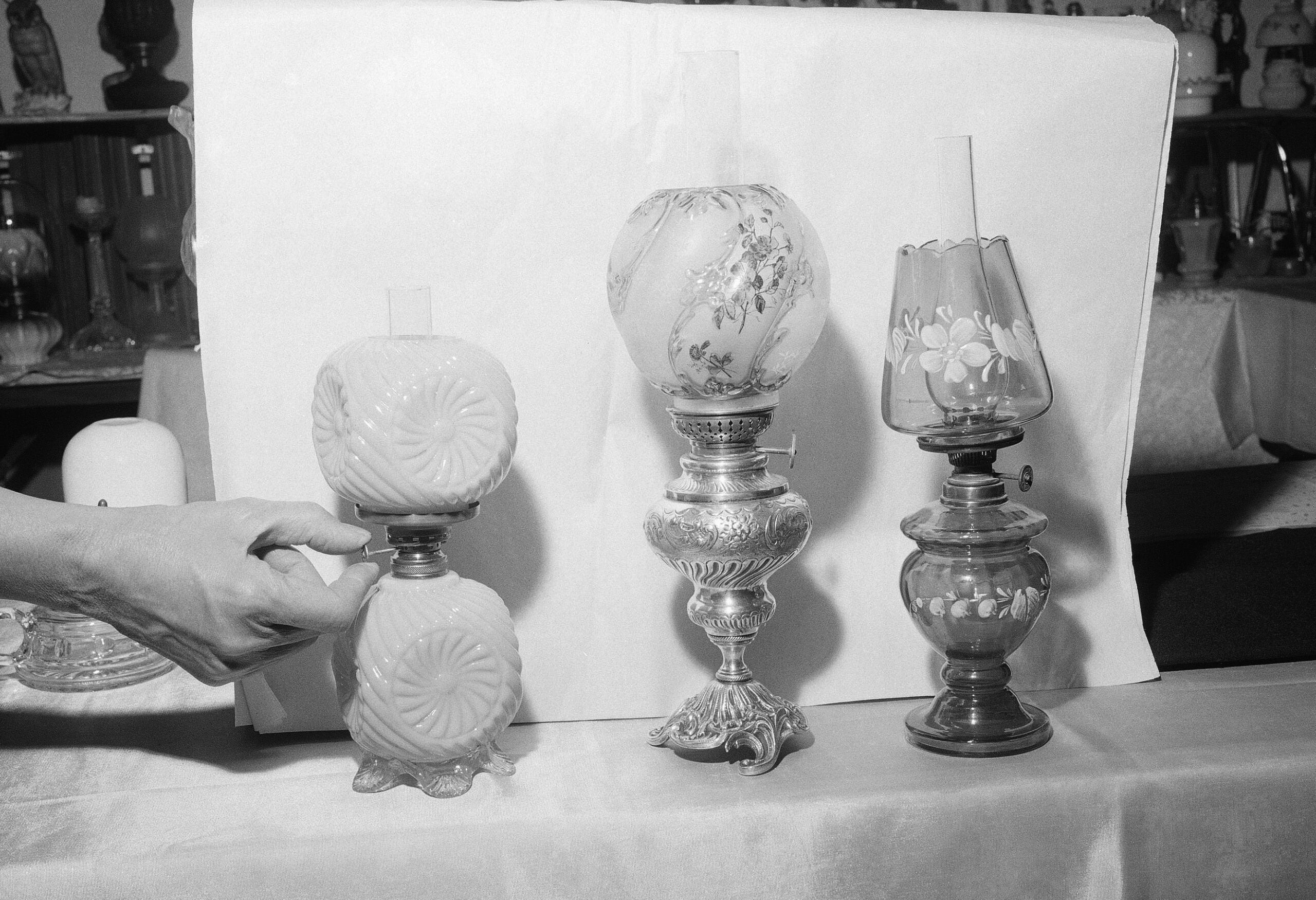New federal efficiency standards are set to take effect on light bulbs. A leader with Focus on Energy explains the transition to clean energy. Then, an associate professor of chemistry explains the science behind fireworks.
Featured in this Show
-
Federal rules phasing out incandescent lights to take effect in July
According to the U.S. Department of Energy, retailers must stop selling incandescent light bulbs starting this July. We talk with Focus on Energy, a statewide energy program, about what the transition means for consumers and manufacturers.
-
Chemistry of fireworks
Fireworks are a staple when celebrating America’s independence on July 4. We discuss the chemical reactions of fireworks to learn how explosive displays come to life.
Episode Credits
- Shereen Siewert Host
- Courtney Everett Producer
- Dylan Crye Guest
- Nathan Duncan Guest
- Lee Rayburn Technical Director
Wisconsin Public Radio, © Copyright 2026, Board of Regents of the University of Wisconsin System and Wisconsin Educational Communications Board.


